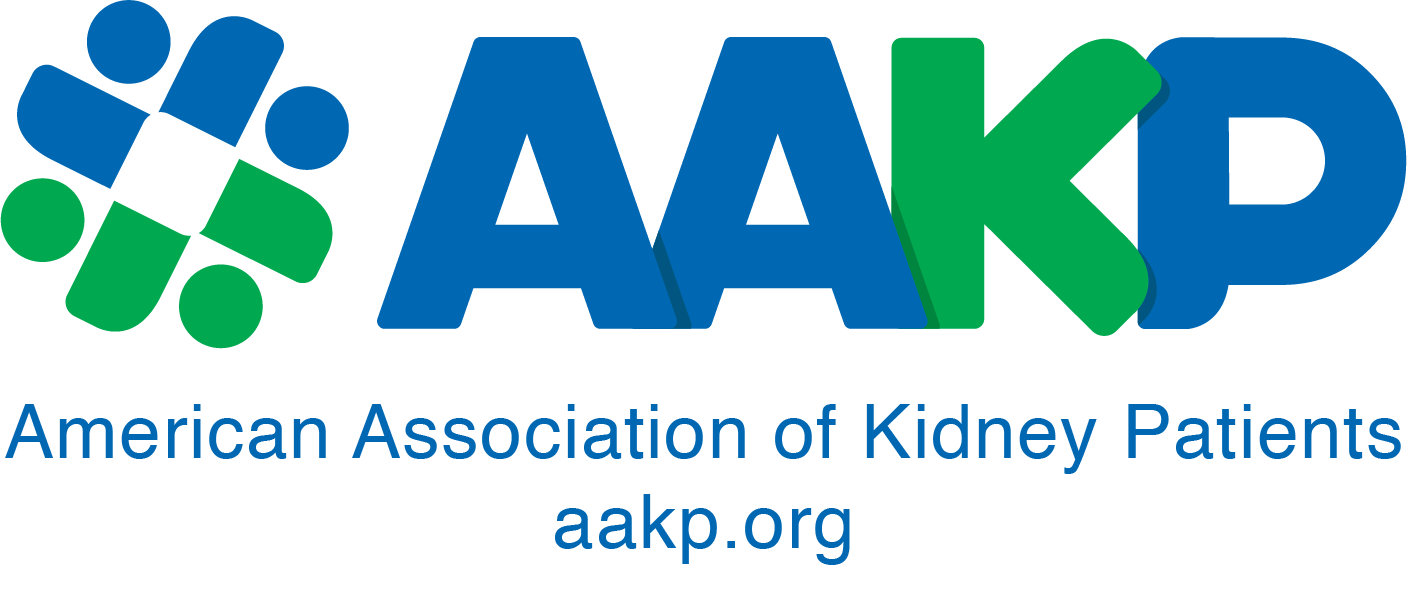CJASN ARTICLE, published April 2018, Click here.
By David M. White (AAKP Board Member and Ambassador)
In this issue of the Clinical Journal of the American Society of Nephrology, Ishida et al. report on an investigation using data from the US Renal Data System to investigate the effects of opioids on patients on hemodialysis (1). The timely findings of Dr. Julie Ishida and her colleagues regarding the effects of opioid use on patients on hemodialysis confirm a need for more nephrology-related pain management research. Dr. Ishida’s team concluded that there is a correlation between higher opioid dosages and the likelihood of a patient on hemodialysis suffering an adverse event, and that painkillers not normally prescribed for patients on hemodialysis may create an even higher risk of falls, fractures, and altered mental states (1). The authors noted several study limitations and caveats, including the unexplained clinical context behind each prescription and not knowing when the prescribed opioids were taken or if they were administered properly (1). The ready availability of painkillers from sources other than health care providers presents an additional confounding variable.
Three months after a successful arteriovenous fistula surgery, a sharp large-gauge needle was inserted into my fully matured fistula for the first time, and over the next 6 years that procedure was repeated over 1000 times. Bracing myself for those painful “sticks” became part of my dialysis ritual. Remarkably, I never once asked if those brief moments of agony could be alleviated, and no one ever mentioned the possibility of trying something that could make getting “put on” the machine less painful. Looking back, I am astounded that neither I nor any member of my care team ever brought up the subject. Why didn’t that conversation ever take place?
Pain is one of the most commonly reported symptoms by patients on hemodialysis (1). The relationship between dialysis and pain can be as straightforward as a needle stick, but is much more often a murky matrix of biology and the people and equipment involved. Everyone’s path to dialysis is different (the permutations are staggering) and the fact that each session can range from being a pleasant visit to an inconvenience to a traumatic experience or worse adds an additional level of complexity. Pain management protocols can range from precise methodologies to “one-size-fits-all,” to woefully dismissive approaches—a sure recipe for patient harm.
Dr. Ishida’s team recommends more “research and strategies to predict and mitigate the risks of opioid use in patients on hemodialysis” (1). To this end, a cohesive, holistic strategy for treating pain management in the hemodialysis patient population should be developed and formally adopted, building upon points four and five of the US Department of Health and Human Services’ recently enacted Five-Point Strategy to Combat the Opioid Crisis (2) (point four, support cutting edge research on pain and addiction; and point five, advance better practices for pain management), with the goal of balancing pain management with patient and care partner values and preferences. I suggest convening a blue-ribbon task force to create a strategy that integrates the concepts of patient engagement, patient-centered care, and shared decision-making with a value-based payment model that measures and rewards clinical improvements and patient satisfaction.
Pain management is an essential component of care planning for patients on hemodialysis, and I commend the authors for calling attention to this topic. Just as certain immunosuppressants prevent organ rejection while simultaneously damaging the graft, this article illustrates that opioids can both cause and alleviate mental and/or physical anguish. Far too often, we just treat pain without talking about it, and this flies in the face of patient engagement. Patients on hemodialysis and their care partners should be encouraged to engage in patient-centered pain management discussions with their care teams. Patient experiences cover a broad range of perspectives and provide informed opinions, and we should be equal partners in the care planning process. Patients have a right to have clinicians ask them about their experience of pain and be partners in the discussion about the risk and benefits of various approaches to treating pain.
Patients and care partners are the most underutilized resource in health care. Health care providers have a duty to inform us whenever a medical decision introduces additional risks. Considering the annual increase in the global ESKD population, we desperately need more pain management research as it relates directly to both clinical care planning and the quality of life for hundreds of thousands of patients on hemodialysis. Opioids should be the last pain management option, not the first.
Disclosures
D.M.W. received an honorarium in 2018 from CareDx. D.M.W.’s three great-grandchildren own Amgen stock. D.M.W. reviewed a Kidney Health Initiative project entitled “Understanding and Overcoming the Challenges to Involving Patients with Kidney Disease in Cardiovascular Trials.” Dr. Julie Ishida is a workgroup co-chair of the project. D.M.W. serves on the American Association of Kidney Patients Board of Directors, the Kidney Health Initiative Board of Directors, and the Veterans Transplantation Association Board of Directors, is Chair of the Kidney Health Initiative Patient and Family Partnership Council, and is co-chair of the Patient-Centered Outcomes Research Institute Advisory Panel on Patient Engagement.
References
- Ishida JH, McCulloch CE, Steinman MA, Grimes BA, Johansen KL: Opioid analgesics and adverse outcomes among hemodialysis patients. Clin J Am Soc Nephrol 13: 746–753, 2018
- Jones CM, Singh VM: Advancing the practice of pain management under the HHS opioid strategy. Available at: https://www.hhs.gov/blog/2017/11/01/advancing-the-practice-of-pain-management-under-the-hhs-opioid-strategy.html. Accessed March 16, 2018























